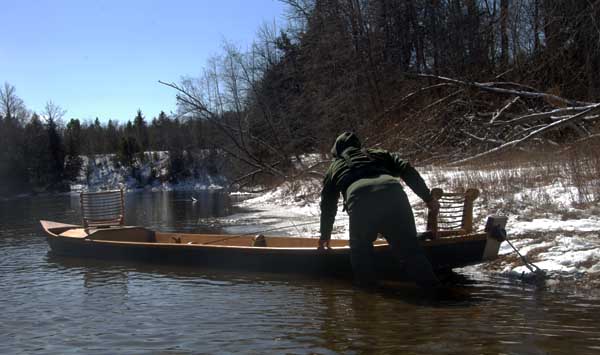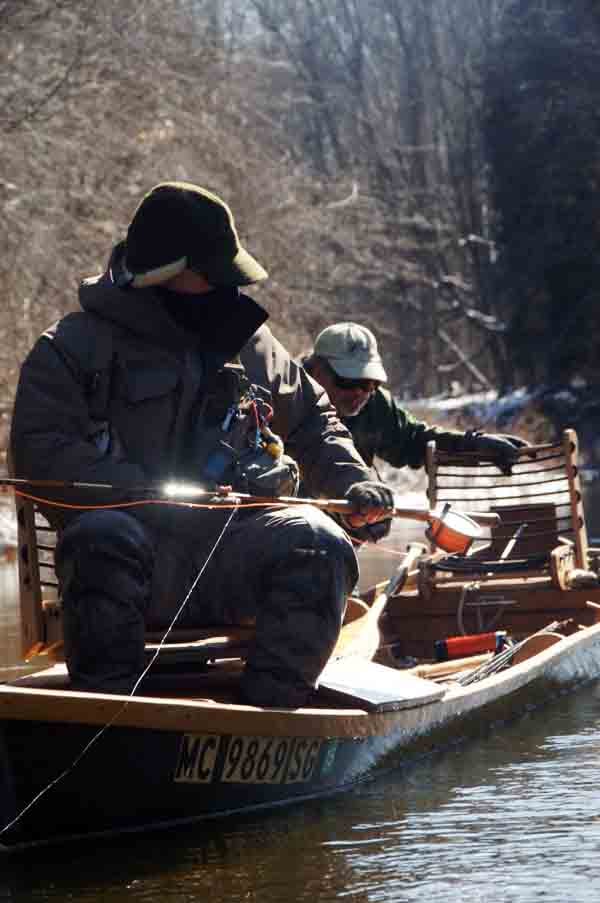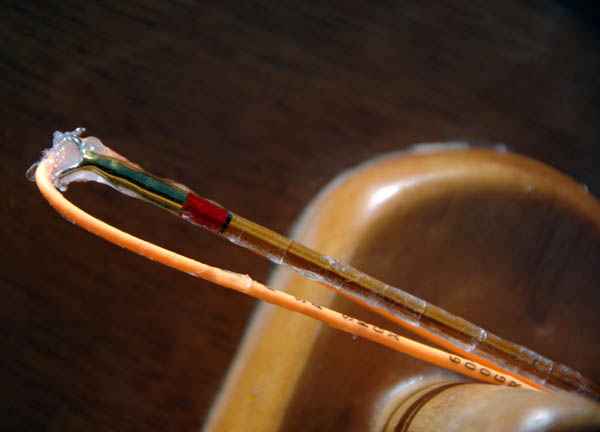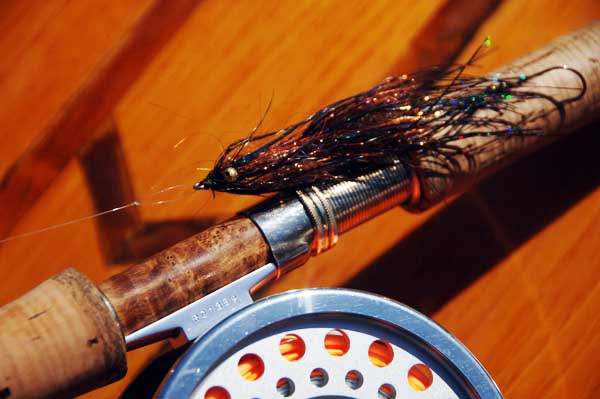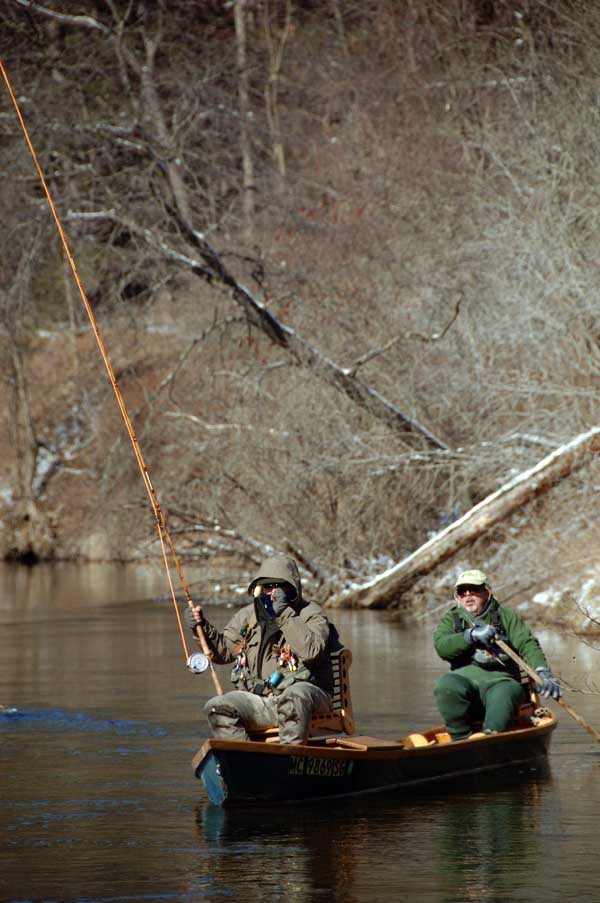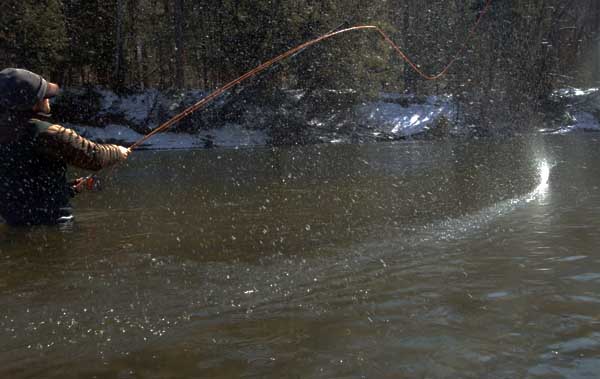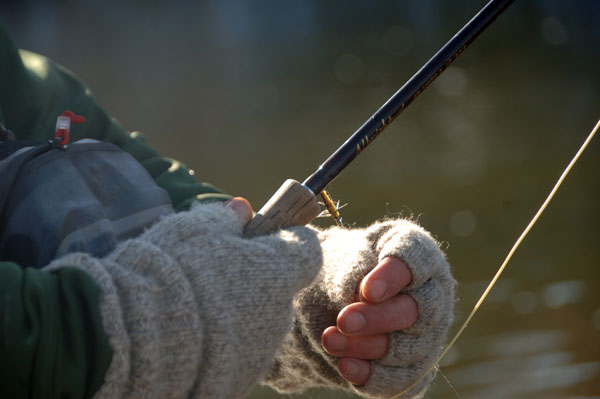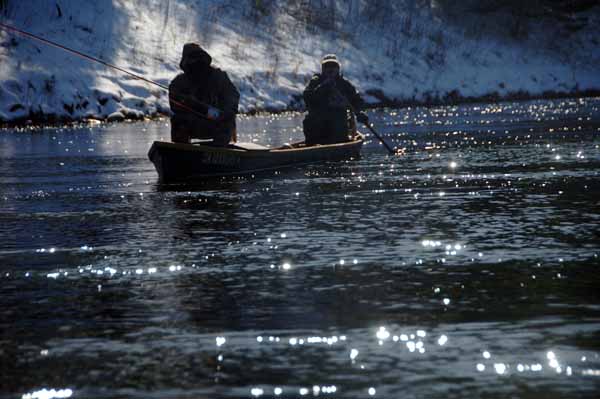The Vortex Slayers
photography by P.A. Rech
In college, I was known for the habit of starting to wear t-shirts toward the end of winter. No jacket, no overshirt, just an Allman Brothers t-shirt on a cold winter’s day. People thought I was strange, but what they didn’t know was that I was shivering for them, for all of us; I was trying to fell the beast. The way I saw it, sometimes the cosmos could lull itself into a kind of seasonal stupefaction, and it needed to be goaded along toward the next season. My hope was whatever cognizant entity presided over things would see me in my t-shirt and say, “Holy —-, that’s right. This winter thing is supposed to end.”
It always worked.
Now, some ten years later, and in the middle of a chain of crushing vortices, a few friends and I decided it was time to take action once again. So we set out one day on the lower Au Sable. The big Au Sable. The don’t-even-think-of-wading here Au Sable. Our goal? To take our river back.
Our first decision was to select a watercraft that came pre-freighted with memories of sun and bugs. What says summer like an Au Sable boat with 4 inches of freeboard? Michigan angler John Sheets had just the vessel, a boat with hundreds of sun-kissed trips under its belt, scattered over the course of decades. This style of boat was first made popular during the lumber era of the Midwest North—it carried lumber men to and from camp. Later, when the trees were gone, it carried anglers in search of Michigan grayling, now extinct.
We wanted to give ourselves a shot at steelhead, but we needed to do it with a stick made of summer, and we found that in the bamboo spey of Michigan rodmaker Lou Burhart. Lou’s the type of guy who not only builds his own rods—he builds his own machines to build the rods. The only thing he doesn’t do is grow bamboo.
During a day that maybe reached 5 degrees, we glided over emerald runs some fifteen feet deep and hundreds of yards long. From sunken Xanadus of drowned timber we startled the season’s first Lake Huron steelhead, glinting like mercury before disappearing. These are the same runs, the same logjams that will house Atlantic salmon in the years to come—the Michigan DNR begins stocking efforts in earnest this year.
At times we felt like wayfarers. Exiled from our temperate, habitable planet, we were condemned to pole along these Plutonian shores, our homeland of summer nothing but a beautiful memory.
By day’s end we were perilously cold. I had balled my fingers up inside my gloves and was holding my rod like some hoofed creature. Beards had icicles. Toes—hell, whole feet—stopped telegraphing any and all sensation. We stumbled into our respective vehicles and sat there, heat cranked, foreheads on steering wheels, slowly unstiffening. We had survived, but barely. We had caught no fish, obviously. As we drove home that night winter seemed stronger than ever, and I began to think that perhaps our effort had been in vain. That, rather than be jarred into raising the thermostat, the cosmic overseer had only smiled malevolently and turned it down further.
But that didn’t happen.
If you live in Wisconsin, Michigan, Ohio, Pennsylvania, you’ve seen the fruits of our efforts born out. If you fish in New York, Vermont, Massachusetts, or Maine, you’ll know that change is near. There are, for the first time since before Thanksgiving, puddles of liquid on the sidewalk. Dripping eaves. Snowshoeing along the river, you’ll hear the shelf ice cracking as bergs prepare to launch.
On behalf of the Vortex Slayers of Michigan: you’re welcome.
